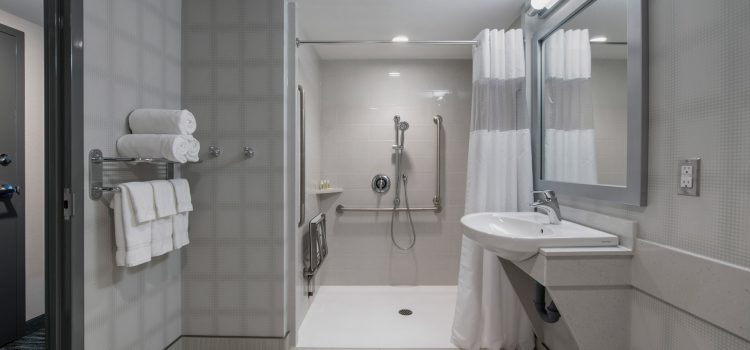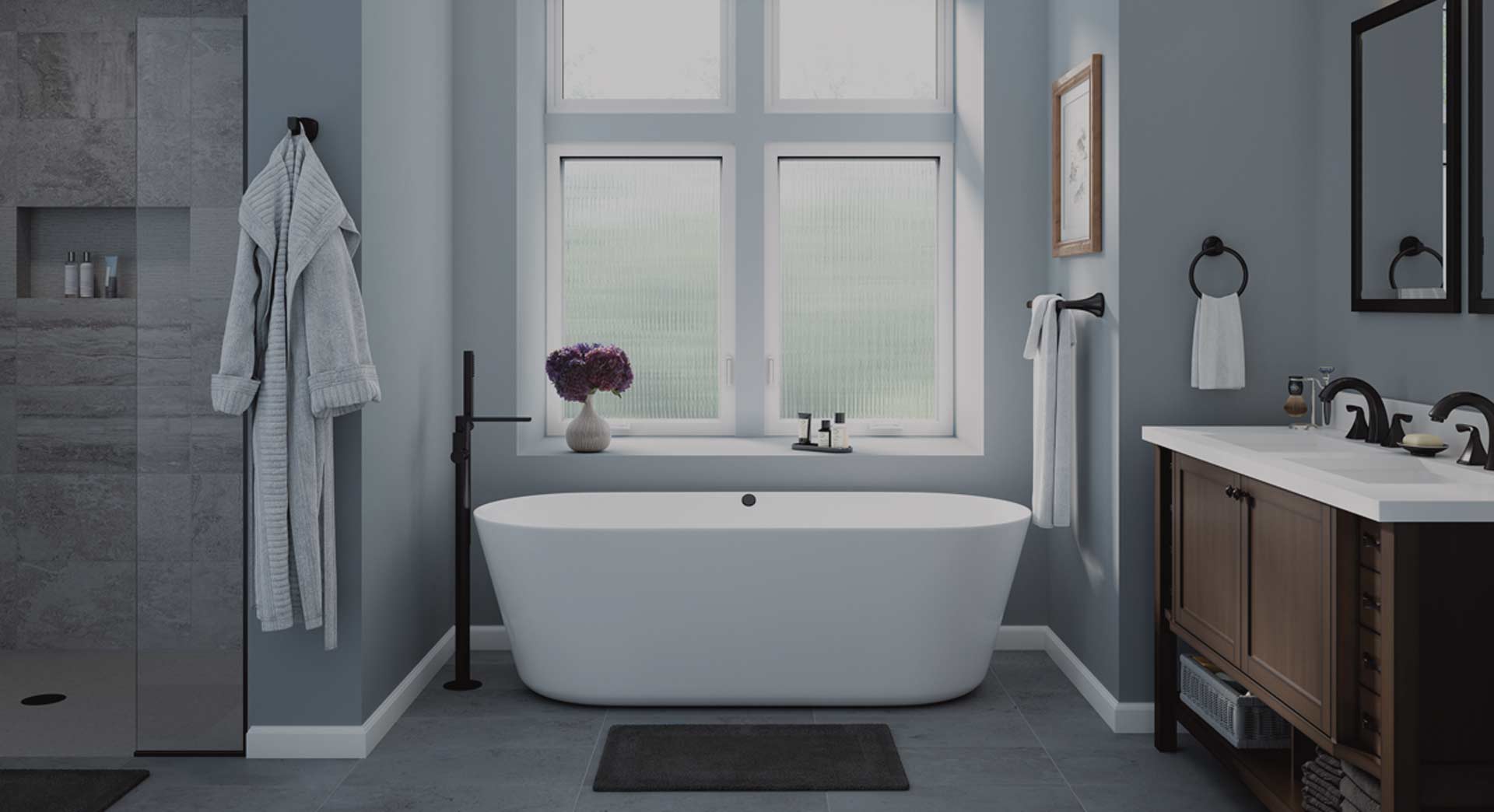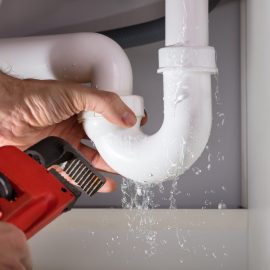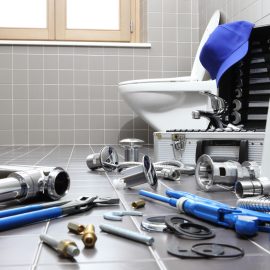
Experts predicted that within 20 years, one in five Americans –around 80 million people – would be older than sixty five years old.
Older than 65? Wow…That’s a stage where mobility problems or difficulties in physical functioning are a reality, often requiring the use of a wheelchair. It’s also a phase where most people would wish to stay in their homes for as long as possible.
But, here’s the real challenge: providing a welcoming, fully-efficient and safe environment that can accommodate the desires of someone with a disability.
The bathroom, for example, is one of the most dangerous spaces in a house. But, how many private, residential homes have you known to have a bathroom specially designed for wheelchair users?
Tell me, what are you going to do if you have the responsibility to accommodate an aging loved one in your home? What are you going to do to prevent any hazardous bathroom falls?
Well, how about raising the comfortability standards of your bathroom and installing handicapped accessible fixtures?
Planning

You might have found a way to avoid emergency room visits, but remember that planning should have the most important seat in your project.
Before looking at your current bathroom and thinking, “So, what do I start with first”, make a list of the most critical questions you think would be important for your project and answer them yourself.
Here are some examples:
- What kind of activities will your aging loved one require assistance for?
- What are the actions your loved one can do independently?
- Will the loved one’s condition deteriorate over time?
- Is it compulsory for any type of medical supplies to be in the bathroom?
- Does your loved one prefer a tub or a shower?
Install a Roll-In Shower

Everyone knows how roll-in showers are designed for wheelchair users, with the main objective of providing them with a non-slip shower floor on which to roll their wheelchair before moving into a shower chair. Let me add that these types of showers even have grab bars for security purposes.
Adjusting the Weight and Height of the Toilet

The common type of toilet might work for you and me, but not for a handicapped user. For instance, a simple move from the wheelchair to the toilet represents a considerable risk of the disabled person falling or having great difficulty meeting his needs easily like us.
Raising a toilet and strengthening its installation into the wall can aid when users need to apply greater pressure to the commode when transferring and reinforcing the installation can help prevent accidents that may occur when handicapped users apply extra pressure to it.
You can either add a higher seat which will facilitate the “transfer” for handicapped users or go for a wall-mounted toilet.
Usually, we recommend hiring the help of professionals for this type of work, but if you think you deliver high-quality work, it is entirely up to you.
Non-Slip Floors

I know statistics don’t mean much unless it happens to you or a loved one. But, when studies show that one reason behind the 9,500 deaths of old people is due to falls in the bathroom, things start to get a bit personal and dangerous.
A bathroom is usually the only place in a house where the floor is almost always wet, often leading to falls and slips. But, if you are hell-bent on creating a bathroom that is handicap accessible, make sure that the plumber (or whoever you may call to do the job) adds a slated wood cover over a tile of the linoleum floor, which will give more traction for users.
So, what more do you think can be added to create a handicap-accessible bathroom?




Great article! Thank you so much for educating us on this!